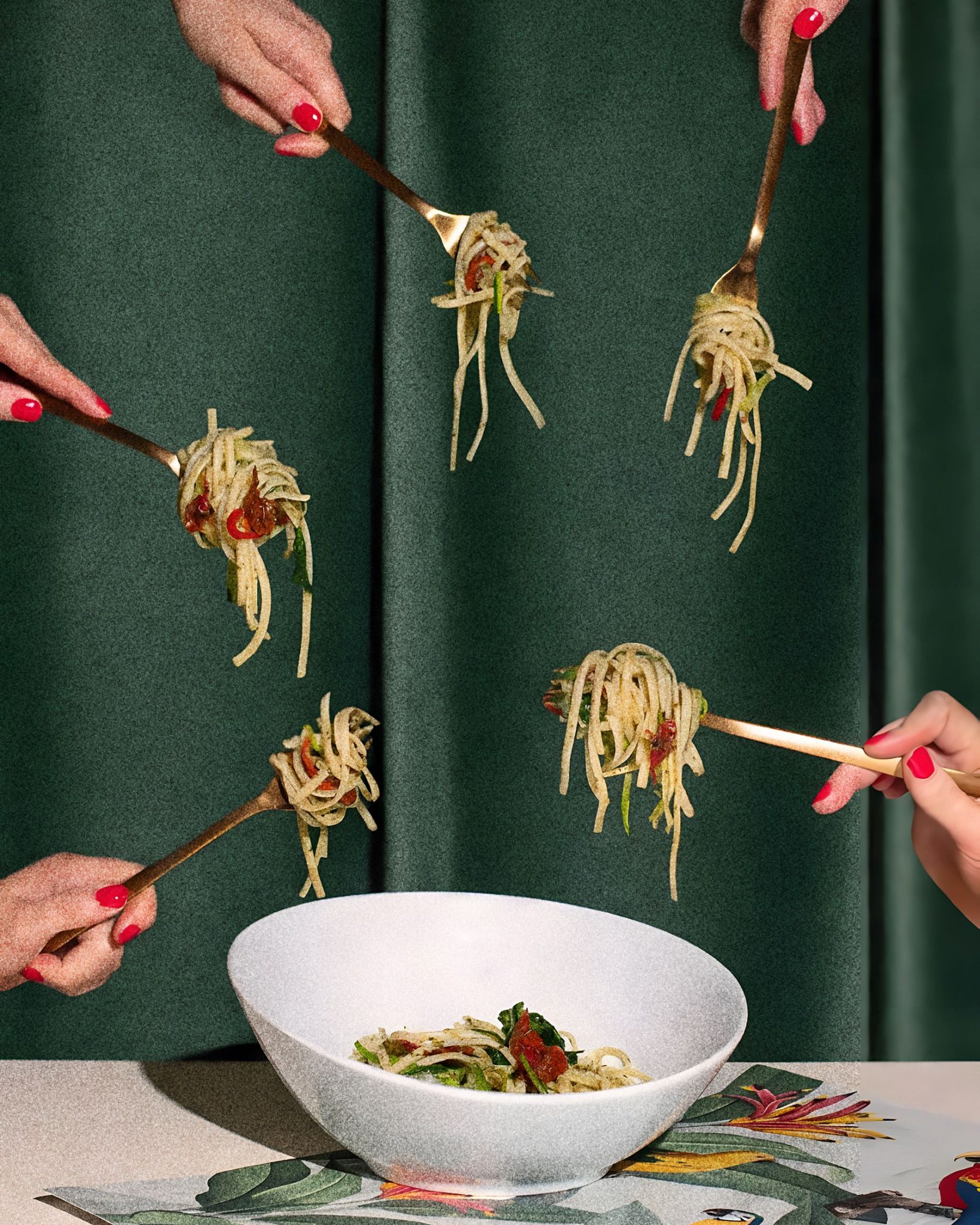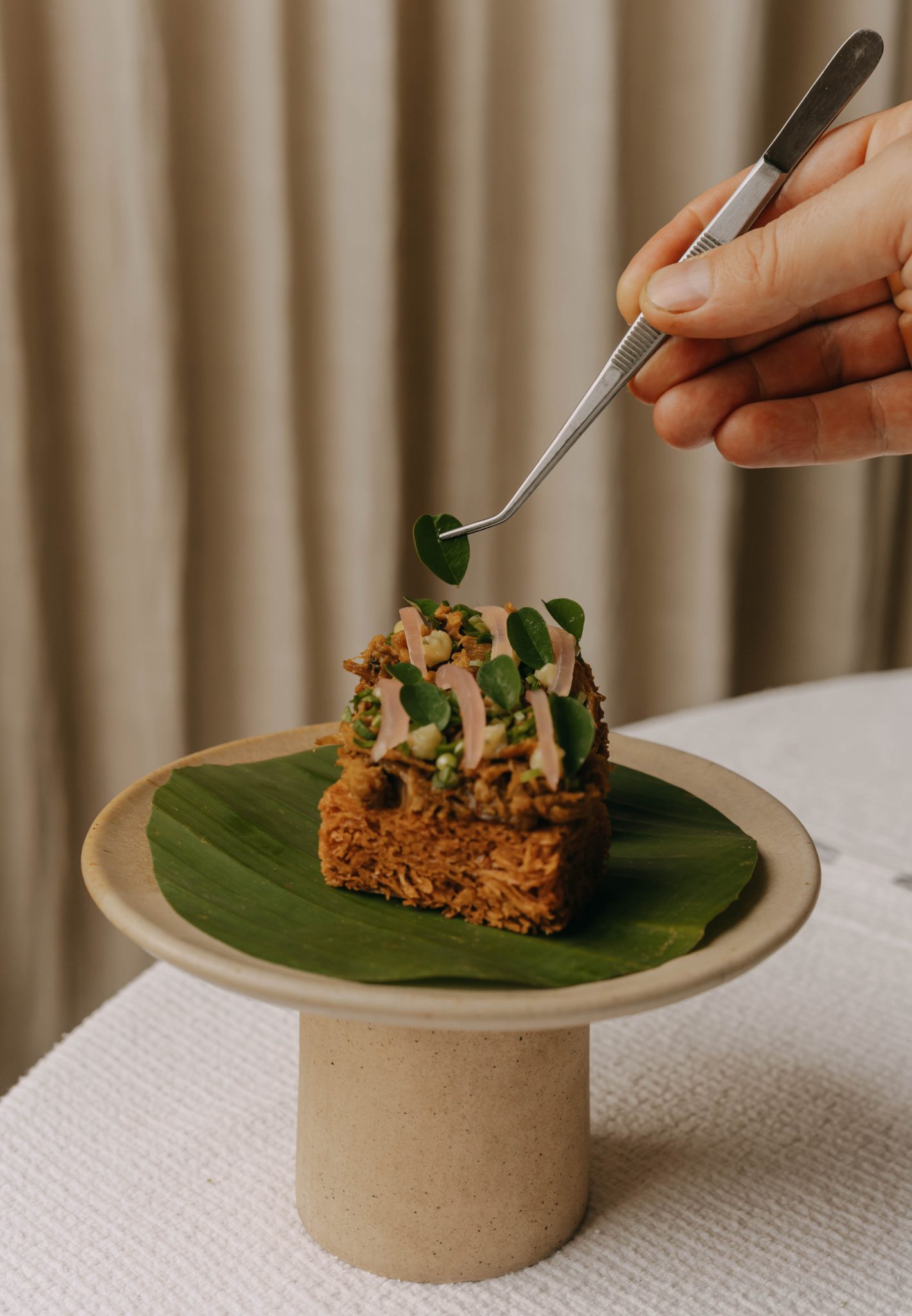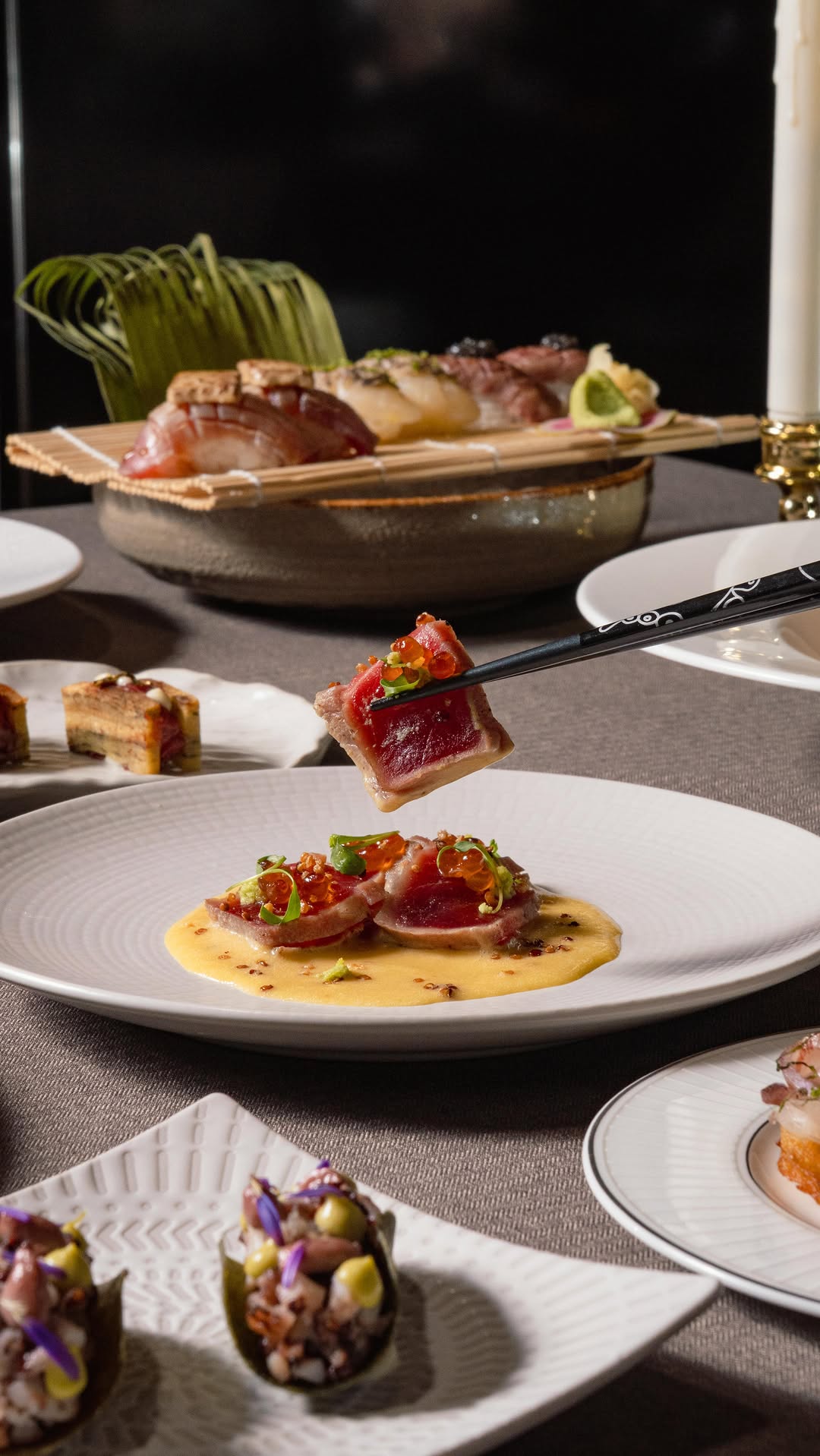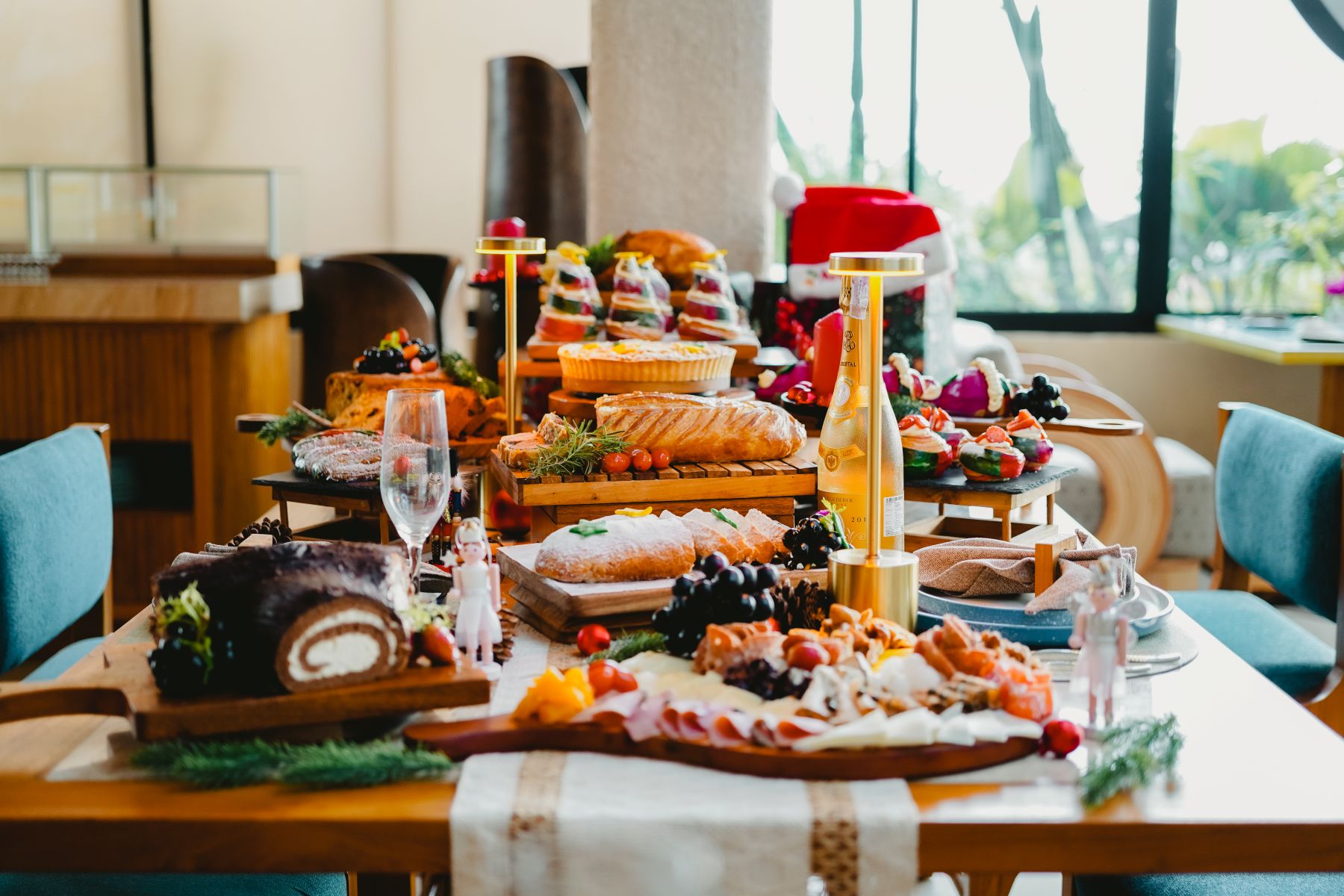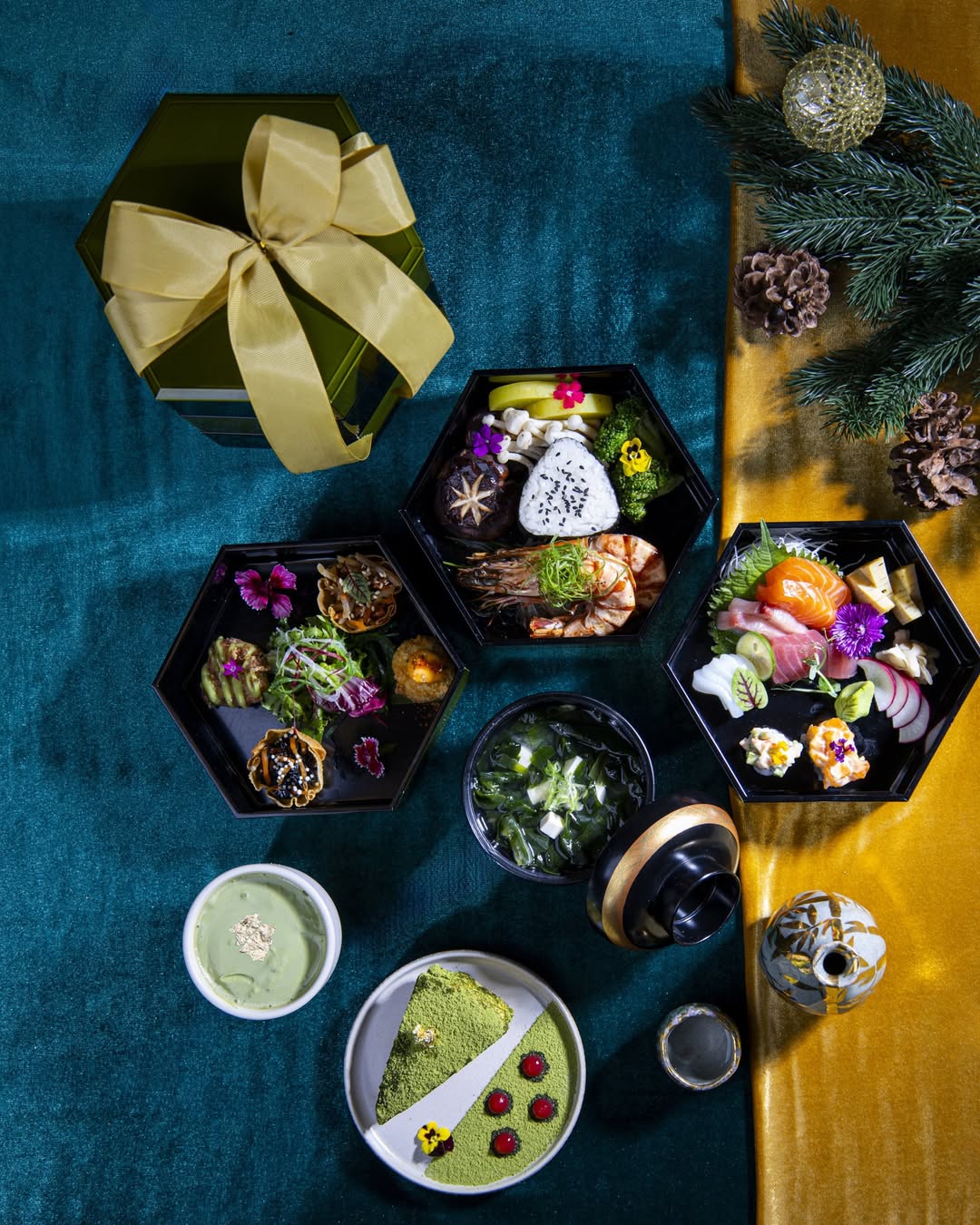Food and culture are inextricably linked, and a place can be easily recognized through its culture. We’re not just talking about art or traditions, but the everyday food that often escapes our thoughts as an important cultural element. Like other aspects of Indonesian culture, food plays a crucial role in telling the story of topography, traditions, and history.
As Jakarta continues to evolve and celebrate its anniversaries, it’s important to reflect on culinary traditions that have shaped the city’s identity, such as Rijsttafel, a legacy from the Dutch colonial era. Literally meaning “rice table,” this feast embodies the unique blend of Indonesian and Dutch eating cultures that emerged in Batavia (now Jakarta). It is a culinary symphony that reflects the complex history and diverse influences that have shaped the city’s identity.
What is Rijsttafel?
At its heart, Rijsttafel is a celebration of abundance. Dozens of dishes are presented, each carrying a unique flavor profile and cultural significance. From fragrant curries and savory satays to tangy pickles and crispy fried snacks, the sheer variety is a testament to the richness of Indonesian cuisine. Each dish is carefully prepared, showcasing the mastery of spices and the use of fresh, local ingredients that are central to Indonesian cooking.
The presentation of Rijsttafel is a spectacle in itself. In traditional settings, servers, often dressed in traditional attire, would line up, each carrying a single dish, and present them simultaneously on the dining table in a grand culinary procession. This ritualistic element adds a layer of ceremony and theatricality to the dining experience, making it a truly unforgettable event.
The evolution of Rijsttafel reflects the changing social landscape of Jakarta. Initially, it was a symbol of status and power, enjoyed by Dutch colonial officials and the Indonesian elite. However, over time, it became more accessible to a wider audience, transforming into a culinary attraction for visitors from around the world.
A Celebration of Feast
During the Dutch East Indies era, Rijsttafel served as a showcase of the colony’s wealth and diversity. European rulers and wealthy individuals would host lavish banquets, featuring an array of dishes from across the Indonesian archipelago. This not only impressed their guests but also reinforced their power and prestige.
Today, Rijsttafel continues to be a culinary adventure, a taste of history, and a window into the complex cultural exchange that shaped Jakarta’s identity. While it may have evolved from its colonial origins, the essence of Rijsttafel remains the same: a celebration of Indonesia’s rich culinary heritage and a testament to the power of food to connect people across cultures and time.



